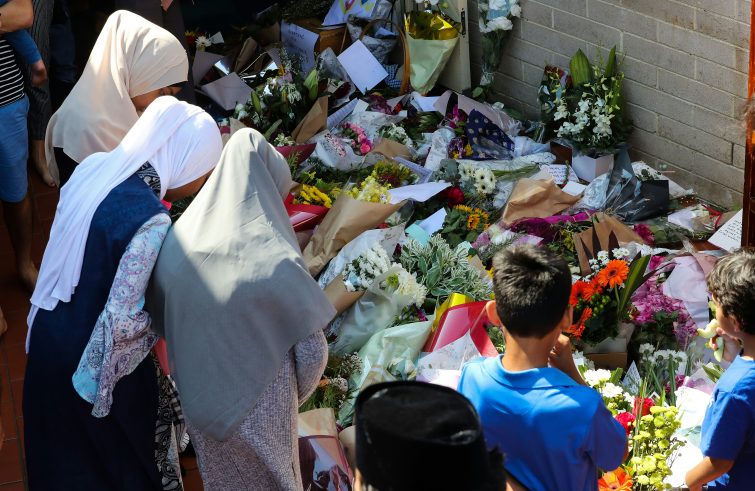
The incident and its online dissemination are upsetting but they also deconstruct a set of founding principles of the person and of the way in which he relates to his fellow human beings.
The detailed, systematic scheme, the fact of sharing it with others that are obviously ready to take his side, tell us a great deal about the slow, accurate planning of that massacre perpetrated in only 17 minutes.
The distorted thought and the profound motivation are more than evident, signalling the crossing of a demarcation line that raises an upsetting question: where do these dark shadows originate from, an abyss within the abyss?
Human feelings belong to everyone for they represent pulsating life, the fabric of human existence that interacts creating a current that circulates among everyone.
Feeling is not enough; affirming or acknowledging the emotional storm is not enough. Once again, this is a valueless assertion. We should be tormented by the question: “why?”
Feelings must be educated, controlled, elevated; they should not be left in the wild.
It’s a long, engaging process that entails coming to grips with our selfishness, that part of ourselves that humanity has always wanted to retain at all costs, regardless of its potentially counterproductive effects.
The camouflage process slowly worms its way through, until it causes a void.
But it is rooted in the emotional sphere, in the need to feel loved. It can be expressed with an image: is the extended hand yearning to give or it is a claw determined to seize and capture whatever it can devour?
Hatred can be viewed as a form of bulimia:
if I accept and adopt a malicious instinct, perhaps a small and – apparently – insignificant seed, the plant will be lush and flourishing, with extended roots. But those roots will be toxic. Not only will they disseminate malaise, they will incarnate evil itself, whichever may be its underlying philosophical or theological reason.
The frustration of personal expectations is the spark that sets the hay barn ablaze and spreads throughout, destroying everything along its way. The need for revenge takes roots, seeking a figure who has made headlines, that became known as a result of his actions that history (or pseudo history, crime news reports caved in mystifying publicity) records and expands out of proportion, like an interminable foam.
The cowardice of the assailants attacking defenceless people gathered prayer is dual. The “kind” of prayer makes no difference, although, in this case, prayer is what it amounted to. A duel confronts two contenders, on equal terms.
Conversely, hatred prevails and violently conspires against the undefended, those who don’t expect an attack and have no way to react.Is there an antidote, a therapy that may cure the sneer of the attackers, strike a chord and wipe away disturbing thoughts?
What experiences of suffering have scarred their hearts?
What unsolved issues has led them to attack?
Being a person that belongs to others as we belong to ourselves has stopped forming part of the logic of life. An unrestrained, inept lack of logic that fed on hatred has taken over, unable to perceive the other person’s suffering, the wave of savageness that attacks and destroys.
Does the assailant that masterminded the attack have motivations based on sound forms of reasoning or is he raving mad? Seeking the philosophical or abstract motivation risks removing the problem, paving the way to a mosaic of mentions of facts and things that have already been said.
It’s necessary to keep one’s feet on the ground and seek a path for conversion, for transformation – at personal and Community level alike.
The sacred period of forty days – regardless of ascetic or non-ascetic choices that may prompt discussions – creates the fertile ground for embracing the Word that leads our gaze to the Resurrected Crucifix.
It amounts to changing a heart that harbours hate to a heart that beats for others as they are, that we are called to accept by the hand of our common Creator.










